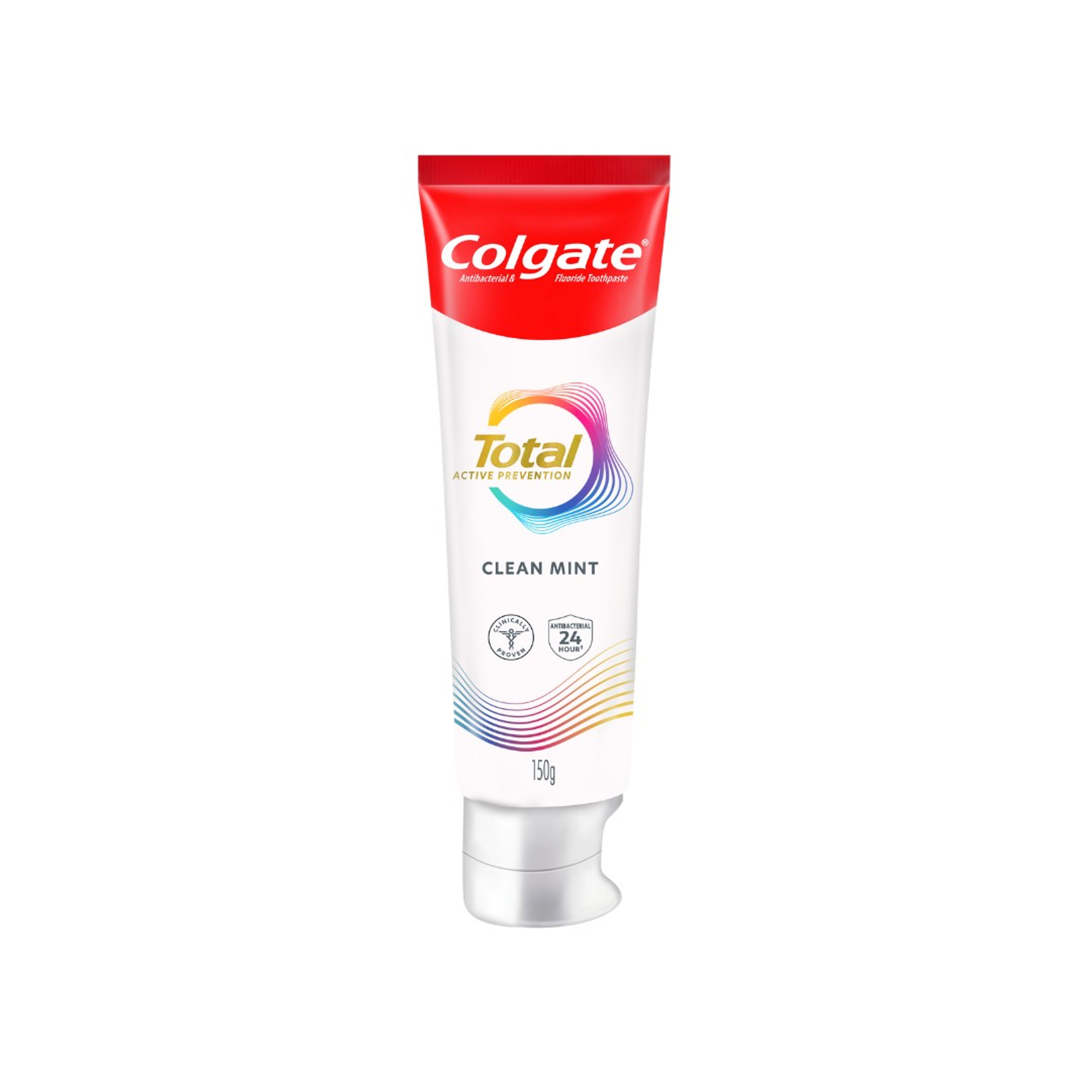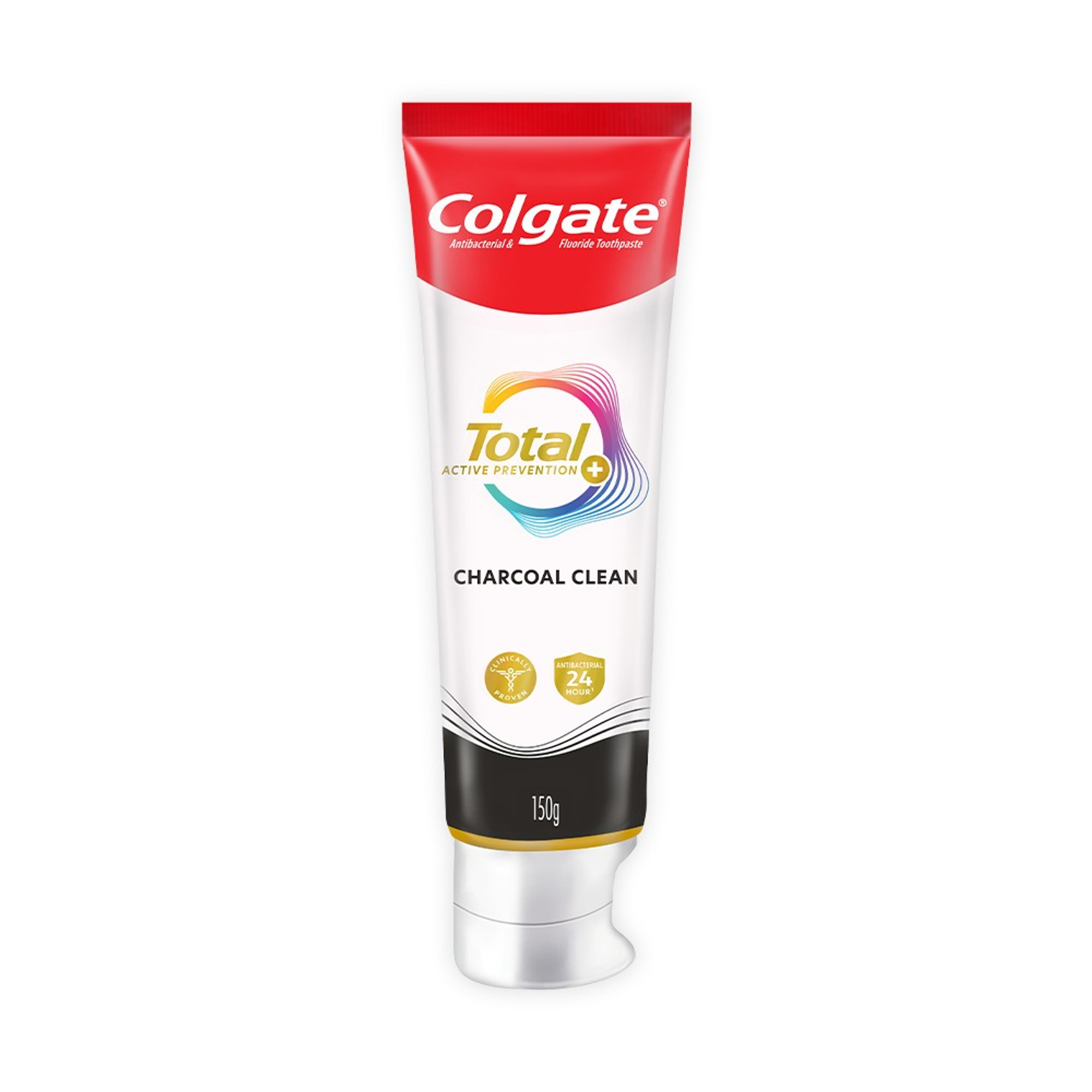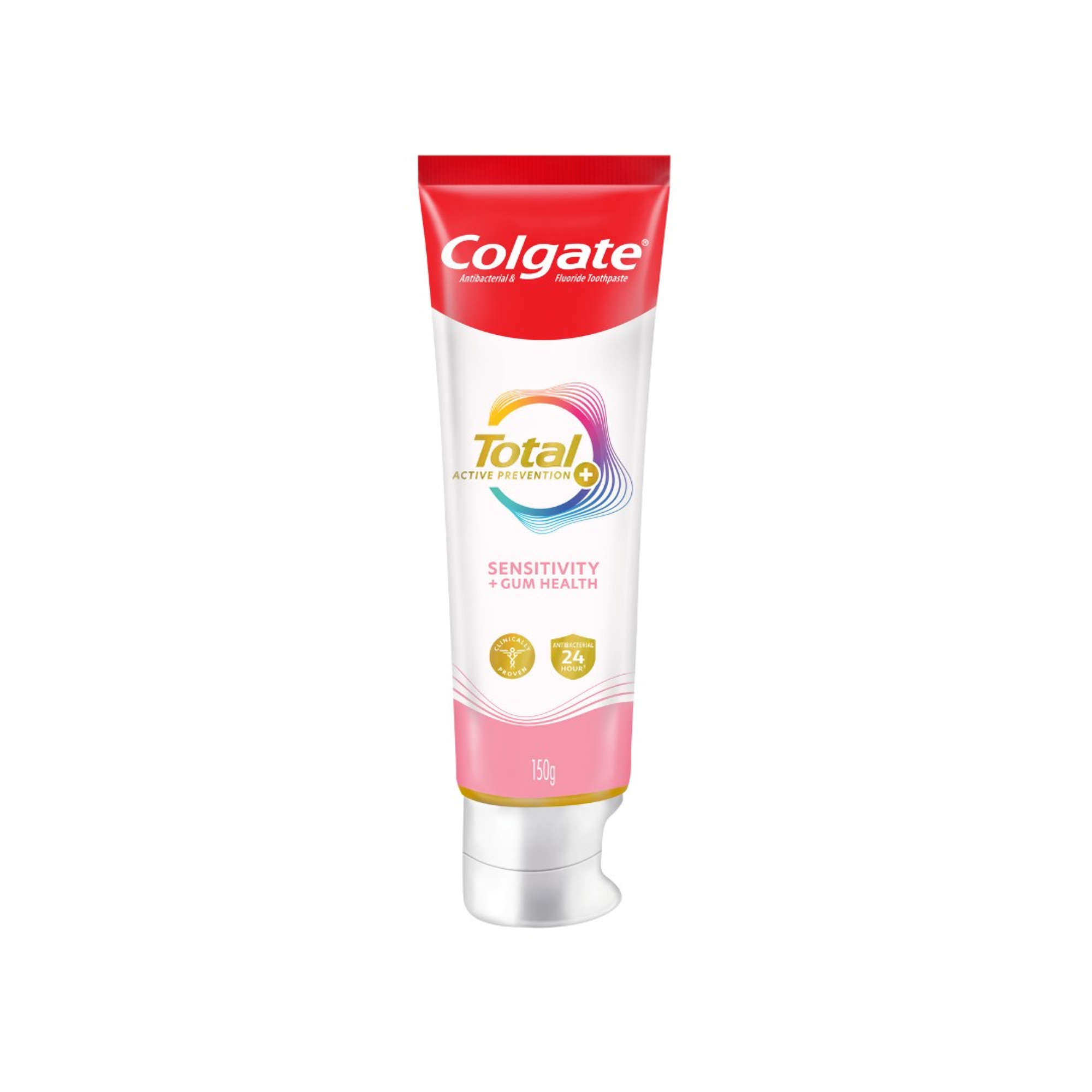-
-

ADULT ORTHODONTICS
Should You Use Mouthwash Before or After Brushing?Brushing and flossing are the foundation of a good oral hygiene routine, but mouthwash can also be a useful addition...

SELECTING DENTAL PRODUCTS
Soft Vs. Hard Toothbrush: Which One Should You Use?The toothbrush has come a long way. As the American Dental Association (ADA) notes...
-
Science & Innovation
- Oral Health and Dental Care | Colgate®
- Oral Health
- All About Silicone Toothbrushes


The History of Bristles
Did you know that the modern-day toothbrush came into existence around 1938? It was when nylon was beginning to be used as a replacement for wiry boar's hair bristles used since the 1400s. And before that, there has been some form of the toothbrush since 3000 BC! There have been plenty of technological advancements since then. Still, the fundamental goal has always been the same: clean teeth and a healthy smile! Today, some people prefer the standard plastic handle with nylon bristles. At the same time, others have adopted a sonic (or electric) toothbrush. But is a silicone toothbrush worth a try?
Gingivitis-Fighting Potential
A potential benefit of using a silicone toothbrush is its ability to gently but thoroughly clean the gums. Suppose you don't brush and clean between your teeth regularly. In that case, the sticky biofilm, also known as plaque, will begin to accumulate in your mouth. When plaque isn't removed from your teeth, it hardens into tartar under the gumline. This leads to inflammation of the gum area surrounding a tooth's base (known as the gingiva). Inflamed gums swell, bleed, and can lead to periodontal disease.
One small study in the International Journal of Clinical Preventive Dentistry (IJCPD) compared plaque removal by a rubber-tipped (silicone) toothbrush with a nylon-tipped toothbrush. The study concluded that a rubber-tipped toothbrush removes dental plaque as well as a standard toothbrush.
Brushing Baby Teeth
Silicone toothbrushes have the potential to become more popular with teens and adults. But they're already used frequently for babies and young children. A silicone bristle toothbrush wipes the gums clean while also gently massaging them as a baby chews. This massaging action helps relieve teething discomfort. Getting your child started with a good routine is an excellent way to establish lifelong brushing habits. Once a baby's teeth begin to erupt, your dental professional will likely recommend using a baby toothbrush. (Before a baby's first tooth, you should be cleaning their gums and tongue with a clean, damp gauze square or a finger brush after every feeding.) As your child grows and begins to take brushing into their own hands (literally), you may find several silicone brush models easy for them to hold.
No matter what type of toothbrush you prefer for you or your family, what matters most is a consistent and proper brushing routine. Whether it's a standard, electric, silicone, or even silicone electric toothbrush, you should be brushing twice a day. It would be best if you also cleaned between your teeth (interdental cleaning) once a day with floss or a water flosser, then rinse with an approved mouthwash. At your next dental checkup, speak with your dentist or dental hygienist about the best kind of toothbrush for your specific oral health needs. There are plenty of options available for your family. You're bound to find one that's both comfortable and effective!
Related Articles


Bleeding gums are a common sign of gum issues. Discover what causes them and how to treat each cause effectively to protect your oral health

A periodontal abscess is a painful gum infection caused by bacteria in deep pockets around teeth, linked to swelling, redness, and severe discomfort.
Related Products

Helping dental professionals
More professionals across the world trust Colgate. Find resources, products, and information to give your patients a healthier future








